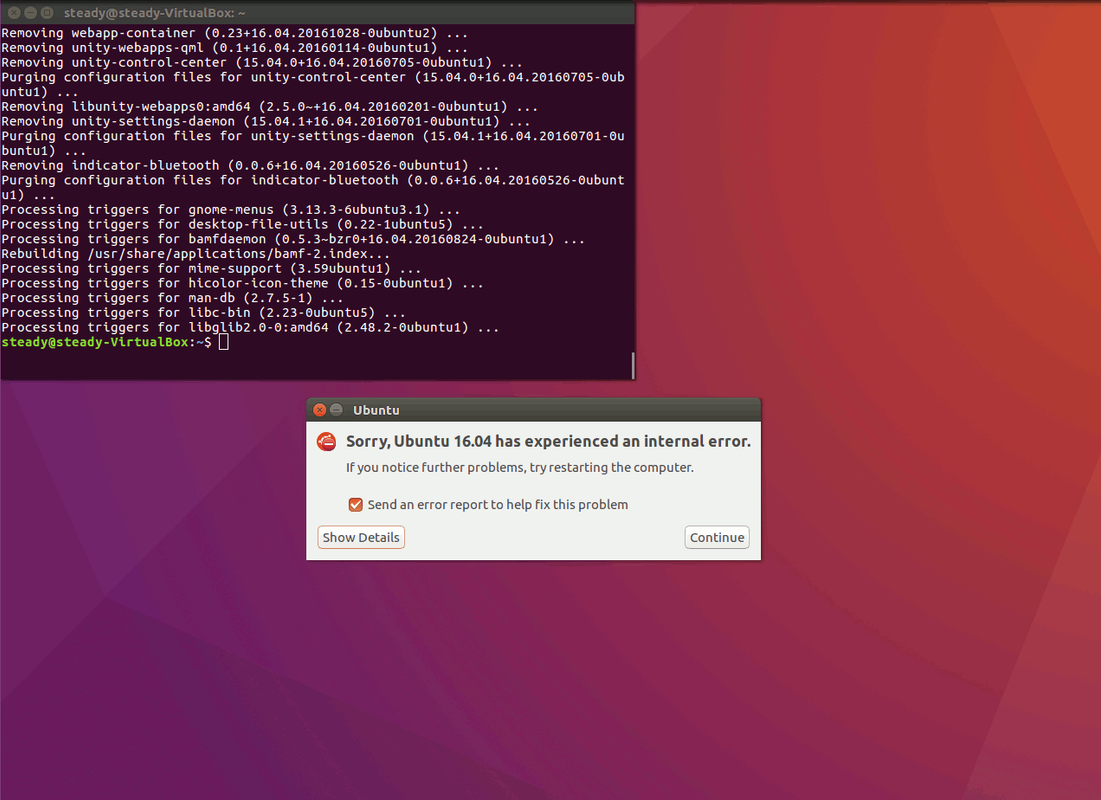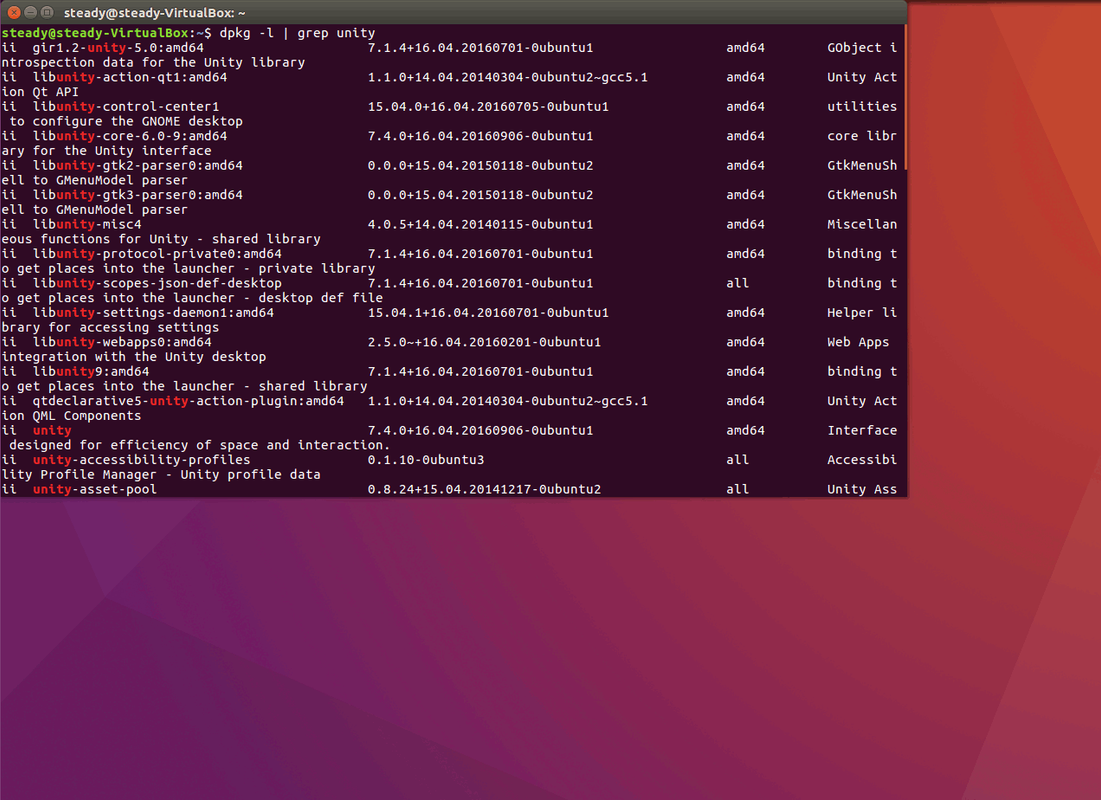I'd like to know if there is any alternative to Deep Freeze for Linux that still under development, because I've read some things on the internet and looks like the same company which developed Deep Freeze had a Linux version of it, but the project was discontinued.
OFRIS is an open source application that can freeze your Linux, it is like Deep Freeze in Microsoft Windows operating system.
For Ubuntu versions 9.10, 10.04 and 10.10. To Install OFRIS, just press Ctrl+Alt+T on your keyboard to open Terminal. When it opens, run the command(s) below:
For Ubuntu versions 11.04, 11.10, 12.04, and 13.04. To Install OFRIS, just press Ctrl+Alt+T on your keyboard to open Terminal. When it opens, run the command(s) below:
[COPY-fileformat]
Image below shows OFRIS running on 13.04
Source:XGeek
Warning: I have implemented this solution and it does work, but the merge times to get back to the snapshot can cause the boot process to take a long time if large changes were made to the system during it's last boot. During this wait period, it may appear to users that the system is hanging!
Also beware that anyone who has sufficient knowledge to mount the snapshot, could make changes to the "frozen" state. I have taken advantage of this possibility to update "frozen" systems, but again, this too can increase time it takes to merge (revert to) the snapshot!
LVM snapshots + cron + script = "frozen" state
I recently started digging into LVM and it occured to me that one could feasibly create a "frozen" state on a machine using LVM and it's snapshot capabilities. Of course, this method requires a system that is configured using LVM (or at least LVM on the partitions to be frozen).
Summary:
Proof of concept: Freeze everything except for one partition from a clean install
The install:
/dev/sda(size 1T)/dev/sda1(size 1T)/dev/sda1. I'm going to put most of the system on a single partition, but you wouldn't have to.sudo pvcreate /dev/sda1sudo vgcreate ubuntu-vg /dev/sda1sudo lvcreate -n swap -L 1G ubuntu-vgsudo lvcreate -n unfrozen -L 10G ubuntu-vgsudo lvcreate -n root -l +50%free ubuntu-vgsudo vgsfollowed bysudo lvsyou should be able to see that the amount of free space left in the volume group "ubuntu-vg" (VFree under vgs output) is equal to the amount of space taken by the logical volume "root" (LSize under lvs output). In my case, I have 506.44g free in ubuntu-vg and my root partition is 506.44g large. If the free space left in the volume group is equal to the the size of the partition I want to freeze, I should be able to wipe out the entire partition and still be able to recover with a reboot. Leave the rest of the free space in ubuntu-vg unused for now. We'll be using it later.mkdir /steady/etc/fstabby adding (this is all one line)/dev/ubuntu-vg/steadystate /steady ext4 defaults,ro,nofail 0 1as the last line of the file/root/steadystate.shwith your favorite editor. Note that if you changed the volume group name when setting up LVM, you'll need to update that in the script below as well.sudo crontab -e, select an editor and put@reboot /bin/bash /root/steadystate.shat the end of the file. Save and close (Ctrl + X; answer Y to save)This works because the snapshot is created at boot time, and even though we pass the command to merge the snapshot right after that, the snapshot can't be merged while the logical volume for root is active. It therefore postpones the merge action until the next time /dev/ubuntu-vg/root is activated which is at the next reboot. This action would also be triggered if the system was booted from a live USB.
Just for kicks, I went in after a reboot and ran The system wouldn't even shutdown properly from the GUI. So how does one fix this? Reboot!
The system wouldn't even shutdown properly from the GUI. So how does one fix this? Reboot!
 Upon rebooting, everything was back in order. Firefox, LibreOffice, and Unity were all back where they belonged.
Upon rebooting, everything was back in order. Firefox, LibreOffice, and Unity were all back where they belonged.
sudo apt remove --purge firefox* libreoffice-* unity*which I would not normally advise doing because it removes some useful programs and puts the system in what might be a less than desirable state!I also tried removing linux*. This left he machine unable to boot, however, simply booting from a live Ubuntu disk seemed to make the merge take place. Restarting again left the system in its "frozen" state
If you wanted to be able to make changes, you could (re)mount the snapshot with rw privileges and then chroot to it and make any changes that you want to remain permanent. This isn't flawless, but it's a proof of concept.
By default Ubuntu and most other Unices deny regular users (students, guests) write access to system files. Only an administrator with the proper authorisation (username and key) can install software, change system settings, or delete partitions.
Regular users can, by default, only write in their home directory and the system's temporary directory. A common way to handle one-time guest sessions is to put their home directory inside the temp directory, and the temp directory in main memory.
If you want to make extra sure, mount the system partition read-only and lay an aufs partition over it that stores changes in main memory.
fsprotect is a set of scripts that protect existing filesystems. fsprotect is excellent for public computers like those in libraries, internet cafés, etc.
Using aufs they pack a tmpfs filesystem forcing changes to be written to the tmpfs filesystem.
The root filesystem is protected by an initramfs script. Other filesystems are protected by an init script. All protected filesystems become read-only ensuring their immutability even on power-offs.
To install fsprotect in all currently supported versions of Ubuntu open the terminal and type:
The benefits of using fsprotect are:
The drawbacks of using fsprotect are: